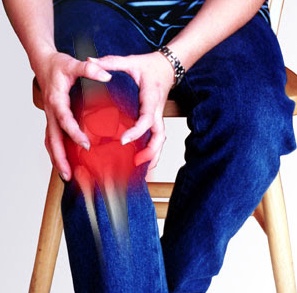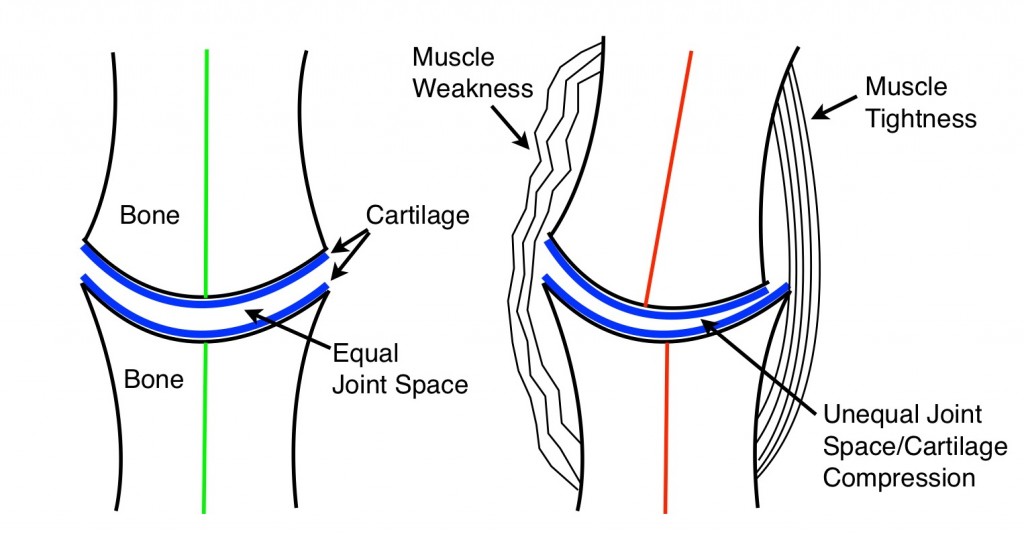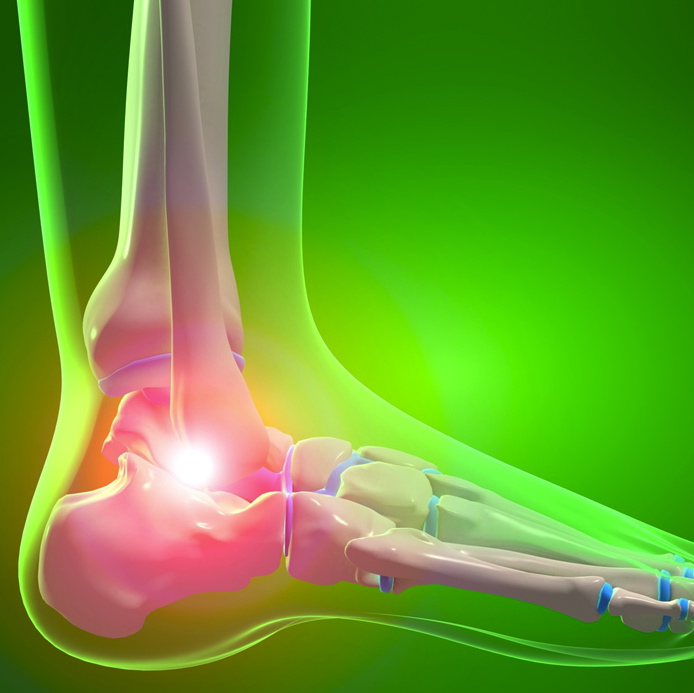
4 Key Strategies to Prevent and Slow Arthritis
Arthritis is a degenerative joint condition that involves thinning of cartilage, narrowing of joint spaces, stiffness, loss of mobility and pain. Arthritis is not an inevitable part of aging as most people believe. In most cases, it is the result of abnormal joint mechanics, inflammatory food, poor nutrition and lack of exercise. In this article we will discuss four strategies you can implement to either prevent or slow the progression of arthritis.
Maintain Normal Joint Mechanics
Pain and injury can change joint mechanics by altering both static (without movement)and dynamic joint alignment (with movement).
If you have ever had an injury such as a fall, sports injury or auto accident, misalignments of the spine, posture, and extremities can occur. Misalignments of bones will cause a shift in the static and dynamic position of certain joints which may cause them to wear down and degenerate over time.
Pain and injury will also change joint alignment and movement because your brain will compensate for pain by changing the way you move. Your brain will determine the best strategy to compensate for pain and further injury by changing the way you use certain muscles. It does so by reducing the neurological output to certain muscles (causing weakness) and increasing the neurological output to other muscles (causing tightness). Muscle tightness on one side of a joint and muscle weakness on the other side of a joint will create unequal compression across the joint surfaces. It can also cause a shift in alignment when a joint needs to maintain its static position (when it is not moving) or maintain its dynamic position (when it is moving). Both conditions can lead to excessive joint wear and arthritis over time.

Normal Bone and Joint Alignment Bone and Joint Misalignment
(Green Lines) (Red Lines)
Pain and injury can create abnormal joint alignment and abnormal movement which can cause a joint to wear out over time. Joint alignment and joint movement must be corrected and maintained in order to prevent and slow arthritis (if it is already present). This can be accomplished with chiropractic adjustments and corrective exercises.
Reduce Inflammatory Foods
There are certain foods you may be eating that may be causing a continuous release of inflammatory chemicals that are getting inside your joints and causing cartilage destruction. The most notorious foods that are known to cause inflammation are sugar, flour, trans-fats (partially hydrogenated oils), most vegetable and seed oils, and meat, eggs and dairy from grain-fed animals.
Arthritis is an INFLAMMATORY condition that can be perpetuated by INFLAMMATORY food. If you want to have healthy joints, you must consider “deflaming” your body.
Improve Your Nutrition
Eating highly processed, packaged foods is not only inflammatory, they are usually very low in nutritional value. Try to eat at least five or more servings of organic fruits and vegetables (preferably raw) a day. These are the best source of vitamins and minerals along with lean, organic meat, chicken and fish. Drink plenty of filtered water everyday and take these key nutritional supplements we recommend.
The best supplements for arthritis are EPA/DHA (fish oil) and glucosamine/chondroitin sulfate.
Exercise on a Consistent Basis
Lack of exercise can lead to muscle and bone weakness (osteoporosis) and joint stiffness. Regular exercise helps keep muscles and bones strong and joints flexible. Exercise is also vital for healthy joints because it stimulates cartilage cells to continually repair and maintain healthy cartilage.
Make exercise fun by doing an activity you enjoy. Consider joining an exercise class such as yoga or pilates (both great for balance and the core). Strength training, bike riding, running, other sports, or merely walking for 30 minutes, five days a week are other exercise options.
Joints are designed for movement. “Use it or lose it” applies here, but the old adage, “No pain, no gain” does not apply to exercise! If you experience pain, joint “popping,” “clicking” or “grinding” during exercise it is a sign of a problem! It is usually due to poor joint alignment, joint instability, or worn cartilage! Review Maintain Normal Joint Mechanics section above.
We help people with arthritis every day. If you or someone you know is suffering from arthritic pain, contact our office.


